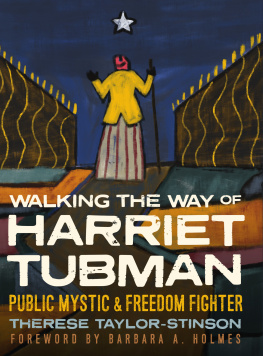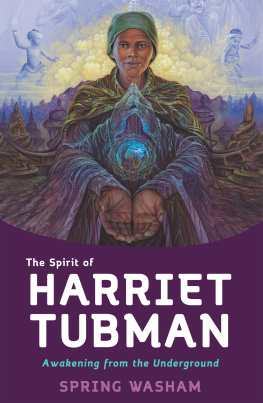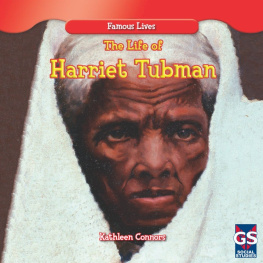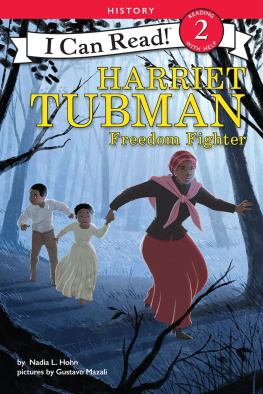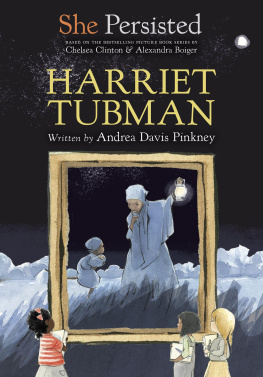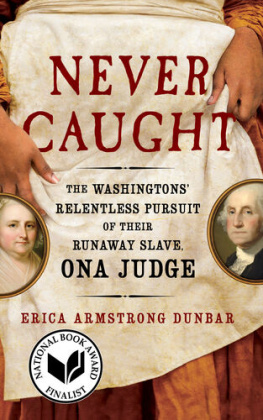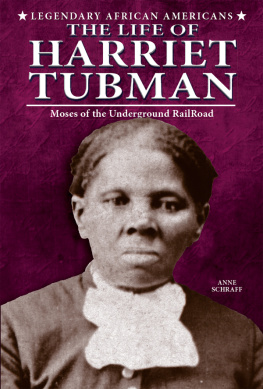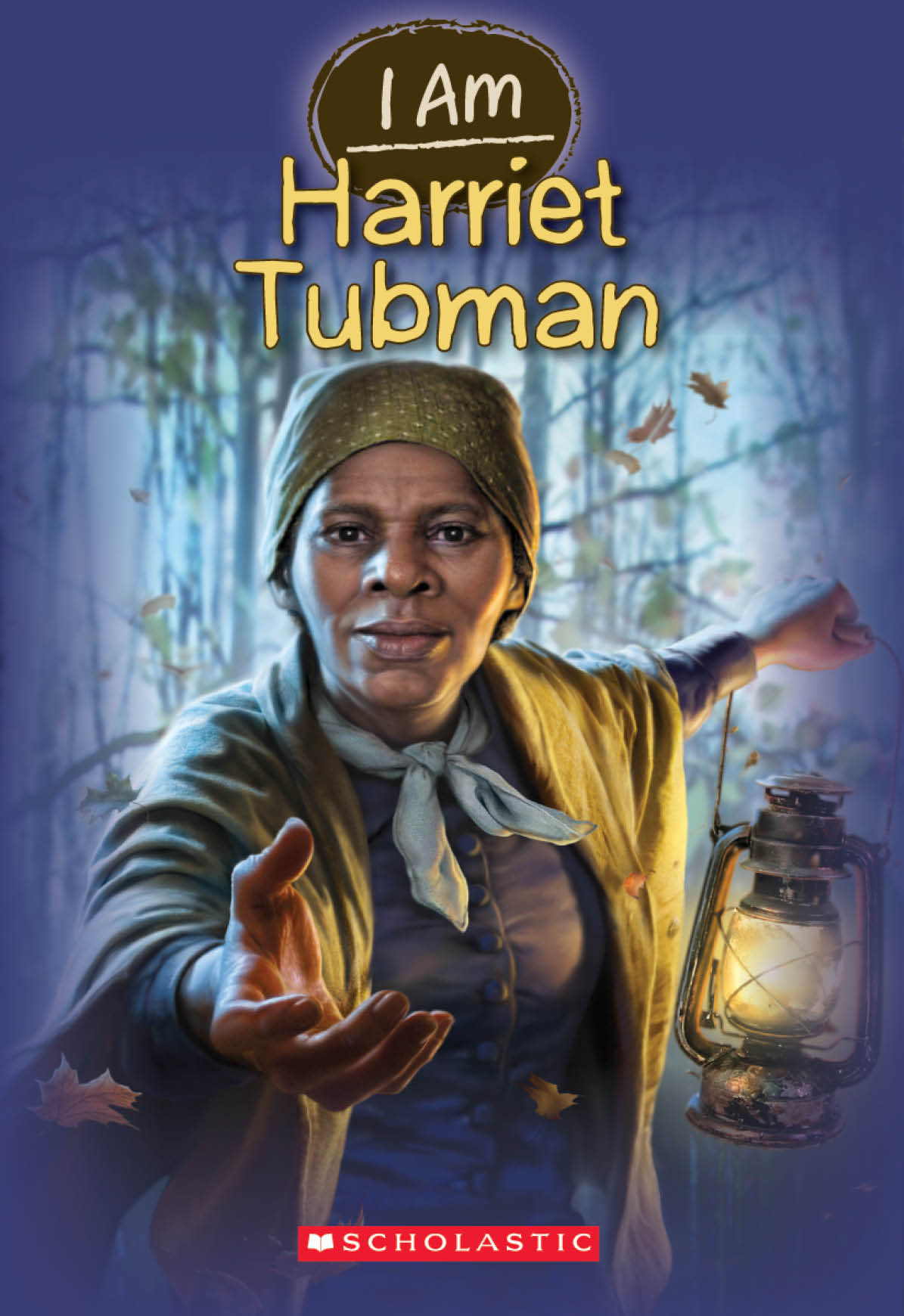



I was born a slave and a woman. In my time, you couldnt get much lower than that. And even as I grew up, I never reached much taller than five feet. So I was a slave, a woman, and small. Not exactly hero material.
No one who looked at me could have imagined that I would do what I ended up doing in my lifetime. After I escaped from slavery on the Underground Railroad, I returned to the South again and again and again, to make more trips and rescue more slaves. People call me brave, but I was also just stubborn. I hated slavery so much that I couldnt stand to see any of my family, friends, or even strangers forced to be a victim of it.
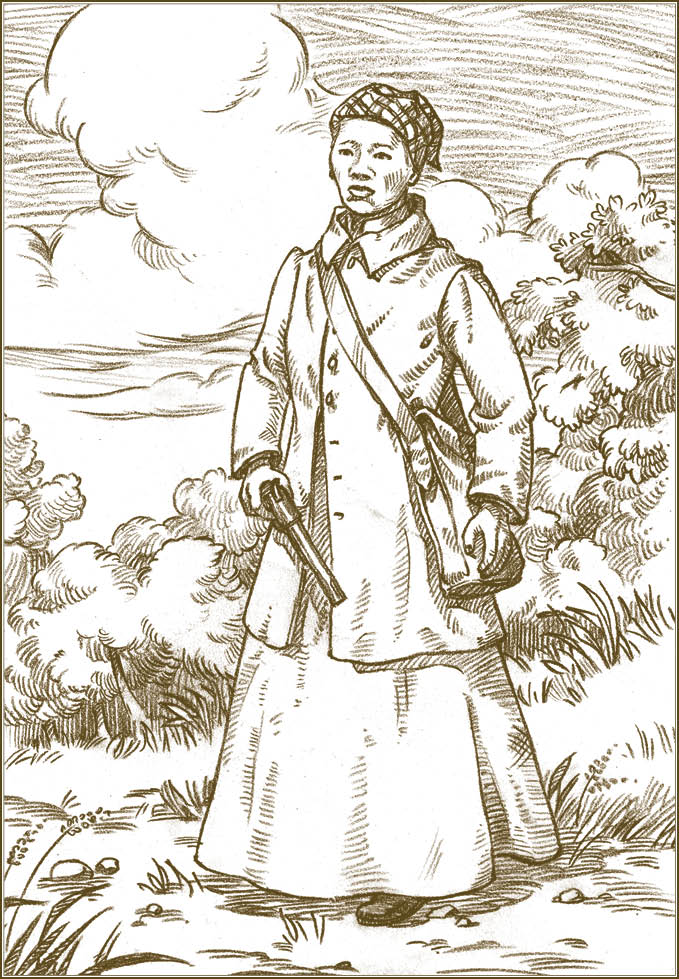
That would have been enough to prove there was more to me than met the eye. But thats not all I did. During the Civil War, I was a spy and nurseand even helped lead a battle! After the war, I continued to help people in need.

Long after slavery ended, I was still busy fighting for the rights of women who couldnt vote, poor veterans who didnt have a place to live, and old folks who needed someone to care for them.
I had reasoned this out in my mind. There was one of two things I had a right to, liberty or death; if I could not have one, I would have the other; for no man should take me alive; I should fight for my liberty as long as my strength lasted.
Though I was born with what some may have called disadvantages, I led a life anyone would be proud of. I may have been small, but I sure put up a big fight. I am Harriet Tubman.

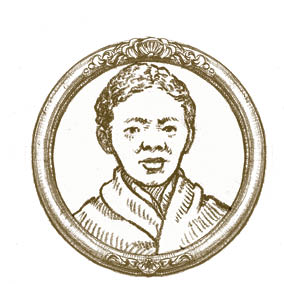
HARRIET TUBMAN:
A small woman, barely five feet tall, who became a giant of the Underground Railroad, making nineteen trips south to bring slaves to freedom.

HARRIET RIT GREEN * :
Harriets mother, who was born into slavery in Maryland after her own mother, a member of the Ashanti tribe, was taken from Africa.
* Artists rendering
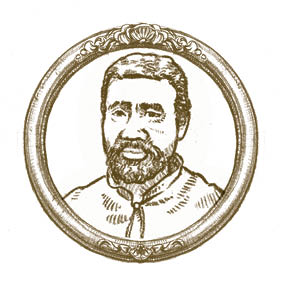
BEN ROSS * :
Harriets father, who was a lumberman (which was a rare job for a slave).
* Artists rendering
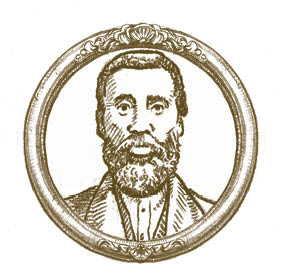
JOHN TUBMAN * :
A free man who married Harriet, but refused to go north to escape slavery and eventually remarried.
* Artists rendering
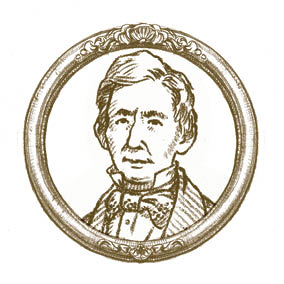
WILLIAM H. SEWARD:
A senator from Auburn, New York, and an outspoken abolitionist, who later became President Lincolns secretary of state. He supported Harriets work, and sold her a piece of land in his hometown at a good price.
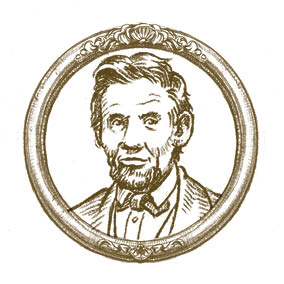
ABRAHAM LINCOLN:
The sixteenth president of the United States, elected in 1860, whose stance on slavery caused several states to leave the Union.

NELSON DAVIS:
A Civil War veteran and former slave who married Harriet when she was in her forties.

about 1821:
Araminta Ross, who would later be known as Harriet Tubman, is born on a plantation in Maryland to Harriet and Ben Ross.
about 1834:
Harriet defies orders to help tie up another slave and gets hit with a weight by an overseer, causing her a life of headaches and narcolepsy.
1844:
Harriet marries a free black man, John Tubman.
1849:
Harriet runs away and makes it to freedom in Philadelphia.
December 1850:
Harriet travels back to Maryland to bring her niece Kessiah to freedom.
Christmas 1854:
After several tries at escaping, Harriets brothers are finally successful in fleeing to Canada with the help of their sister.
June 1857:
Harriet makes the trip from her hometown to Canada with her elderly parents.
about 1859:
The prominent abolitionist and senator from New York William H. Seward sells Harriet a home near Auburn, New York.
1862:
Harriet travels to South Carolina to work on the side of the Union army in the Civil War.
June 1863:
Harriet helps lead three hundred troops in the successful Combahee River raid in South Carolina during the Civil War.
Spring 1896:
Harriet buys the property near her home to create a home for the elderly.
March 10, 1913:
Harriet dies of pneumonia.
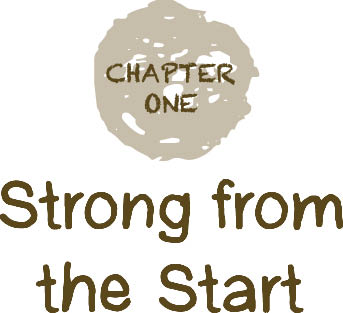
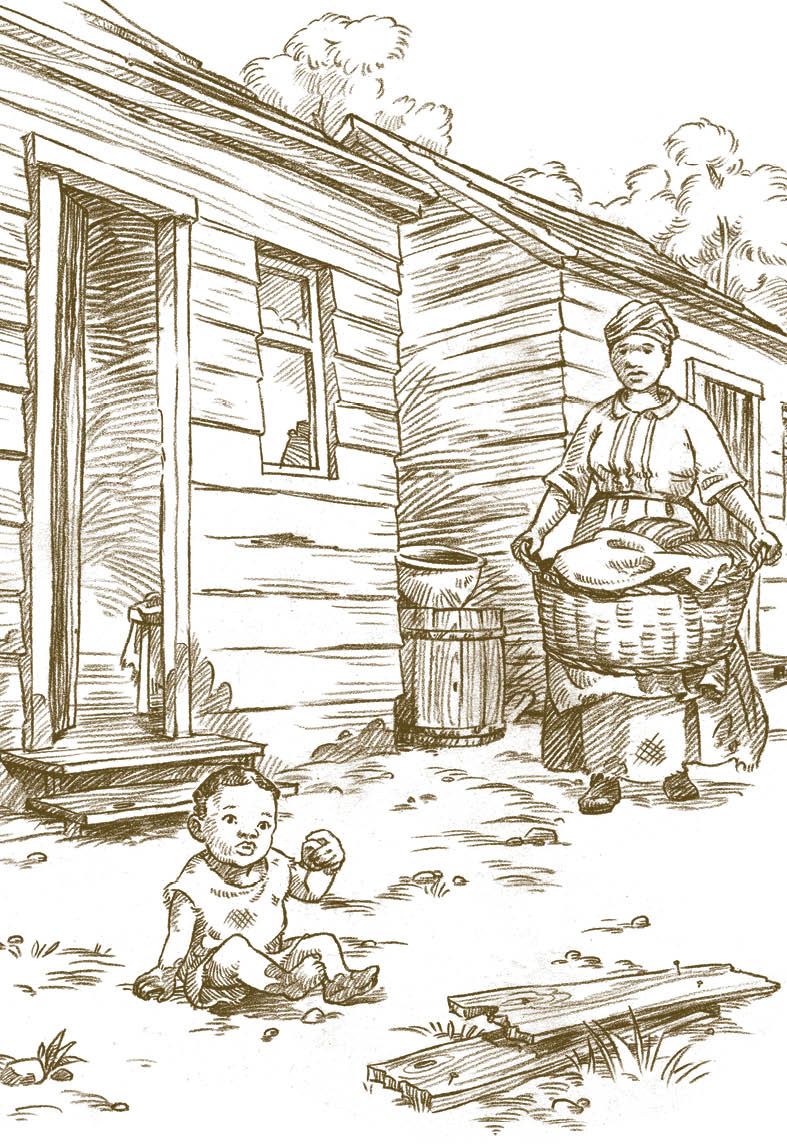
Harriet Tubman didnt know what day she was born. There were no cakes or parties and there wasnt much to celebrate for a child who was expected to begin working by the time she turned five. In fact, she may not have known her birthday because most slaves didnt know how to read or write. (If a slave was caught learning how to read and write, he could have his fingers or toes cut off!)
A Baby Is Born
Recently, historians uncovered a record from March 15, 1822, of a two-dollar payment from the owner of Harriets mother to a midwife for delivering a baby that scholars believe to be the young Harriet. So that date is now widely considered her birthday.
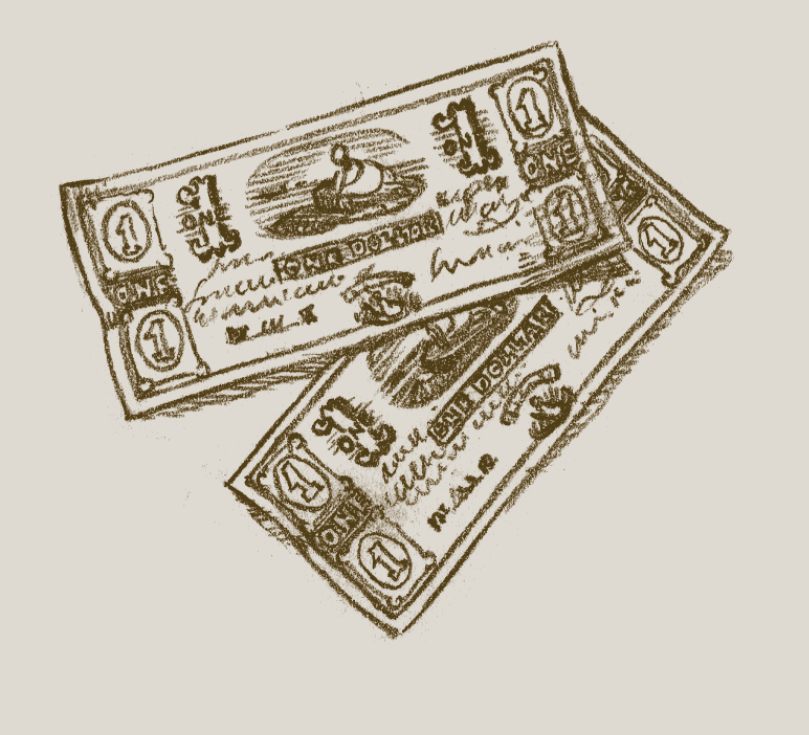
She might not have known the date, but from a very early age, Harriet, whose name was originally Araminta Ross, knew exactly where she came from and what she was: a slave.
As the fifth of at least nine children born to Harriet Rit Green and Ben Ross, Harriet was a third-generation slave on her mothers side. Her maternal grandmother, Modesty, was from Africa and was most likely a member of the Ashanti tribe. The Ashanti, known for their strength of body and spirit, greatly respected women, who were often leaders in the tribe. (Harriet, who became a historical groundbreaker, definitely inherited the leadership gene.)
Next page

